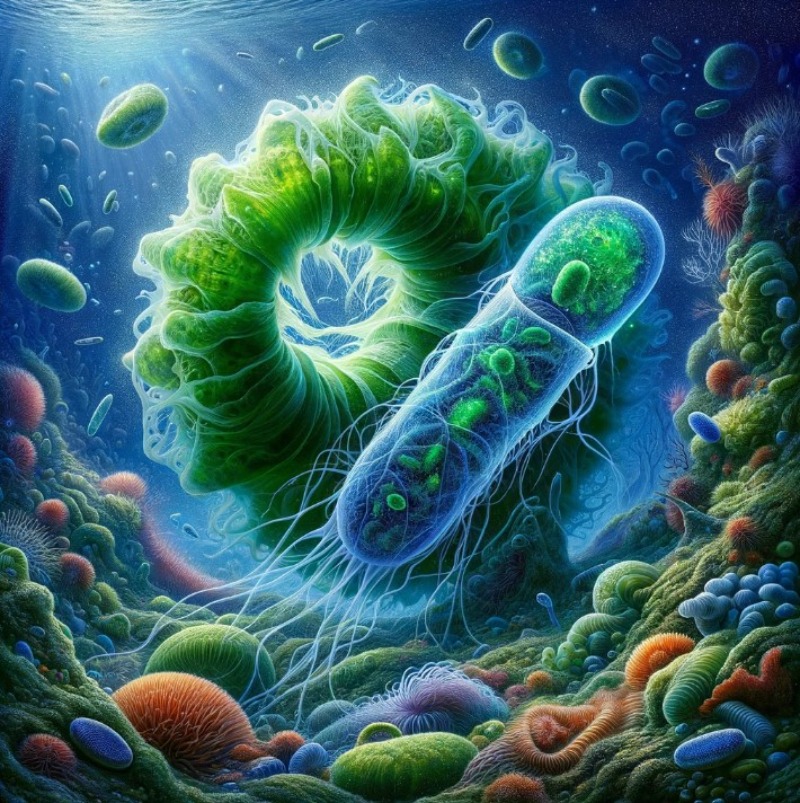In a groundbreaking revelation poised to redefine our understanding of life's evolution, a collaborative research effort between scientists from the United States and Japan has unveiled a discovery with profound implications. Published in the prestigious journals Science and Cell, their findings illuminate an unprecedented event: the fusion of two distinct life forms into a singular organism, a phenomenon previously unrecorded for at least a billion years.

Termed primary endosymbiosis, this extraordinary process has occurred only twice in Earth's history, each marking pivotal junctures in the development of life on our planet. The initial occurrence birthed the intricate web of life we inhabit today, with mitochondria as the cornerstone of cellular energy production. Subsequently, primary endosymbiosis catalyzed the rise of plants, ushering in a new era of biological diversity.
At the helm of this revelatory research stands Tyler Coale, a postdoctoral researcher at the University of California, Santa Cruz, whose leadership propelled one of the two studies unraveling this enigmatic event. Reflecting on its significance, Coale remarks, "The first occurrence sparked the genesis of complex life forms. Anything surpassing the simplicity of a bacterial cell owes its existence to this transformative event. Approximately a billion years ago, history repeated itself with the advent of chloroplasts, heralding the emergence of plant life."
Central to this evolutionary saga is the intricate exchange between a species of oceanic algae and a bacterium. Here, the algae engulf the bacterium, bestowing upon it a bounty of nutrients, energy, and protection while gaining newfound functionalities—most notably, the ability to convert atmospheric nitrogen into a usable form. In a remarkable integration, the engulfed bacterium metamorphoses into an internal organelle, seamlessly assimilating into the host organism's cellular framework and assuming a pivotal role in its metabolic processes.
Beyond its implications for evolutionary theory, this discovery holds transformative potential for agriculture. By harnessing the mechanisms underlying organelle formation, researchers envision revolutionizing crop cultivation, envisioning a future where engineered organelles enhance plant productivity and resilience.
In unraveling the intricacies of this evolutionary milestone, the research team illuminates the past and paves the way for a future in which the boundaries of life's possibilities are continually expanded.
